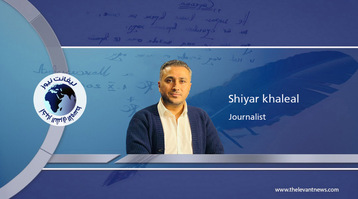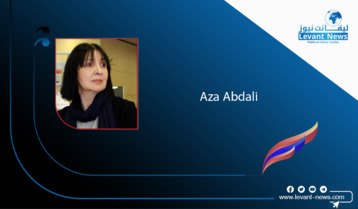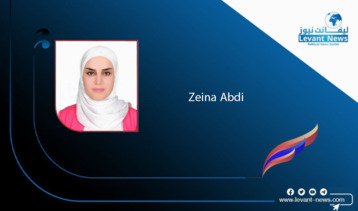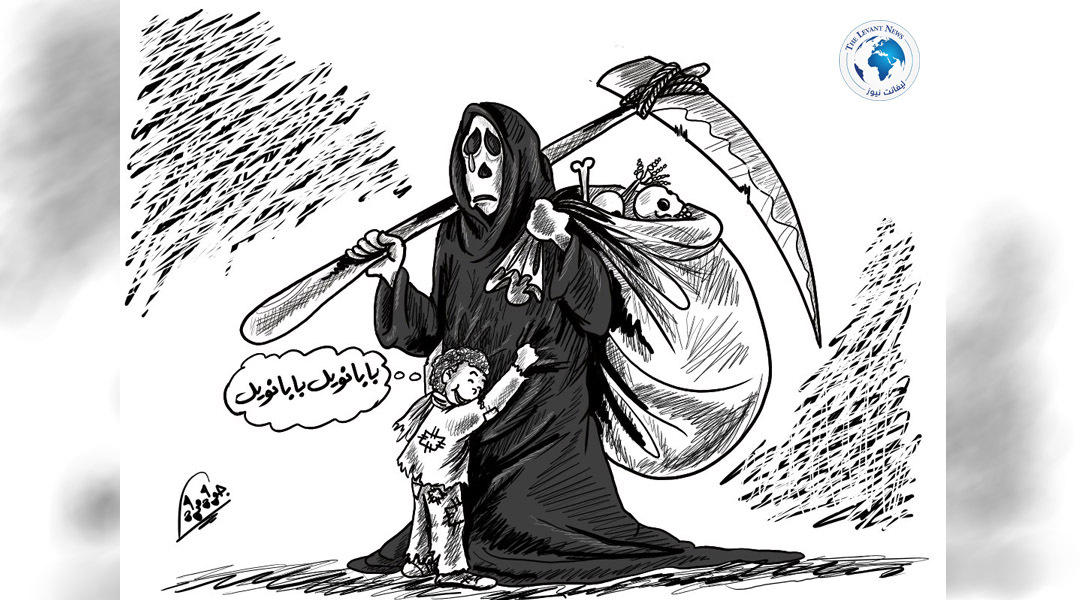-
The Stakes of the Assad Government Between Reality and Challenges

The Syrians believed that December 8, 2024, would be a day of national unity, marking the beginning of Syria’s journey toward healing wounds, economic recovery, rebuilding on national and democratic foundations, and updating its administrations to align with the modern governance systems of the contemporary world.
However, unfortunately, the ambitions of the Syrians remain far larger than the reality on the ground. In fact, some popular fears about Syria’s future have intensified. The Syrian citizen is now worried even about the specter of the old regime returning in some form to power, although such fears are nothing but wishful fantasies.
More than two hundred days after Bashar al-Assad's escape and the fall of his regime, regions like the Euphrates Valley, known as the Self-Administration areas, the Badia (desert), and Suwayda are still outside the control of the interim government in Damascus.
The Badia region remains beyond full security control, with ISIS cells active and sporadic acts of violence continuing, despite attempts by the Free Syrian Army to contain and deal with them.
Meanwhile, the Self-Administration and the Suwayda governorate have expressed their desire to discuss the Presidential Declaration issued by the Leadership of Resisting Aggression, which appointed Mr. Ahmad Assad as the interim president of the Syrian Republic.
Both the Self-Administration and the spiritual leadership of the Druze community object to several provisions in the declaration, such as its deviation from traditional constitutional declarations, the apparent absence of a clear democratic principle, the concentration of executive powers in the hands of the interim president, ambiguous terminology, and the overly long transitional period.
They are demanding the adoption of decentralization and see the necessity of integrating the Syrian Democratic Forces into the Syrian army as a unified entity.
Despite meetings between representatives of the Self-Administration, community leaders in Suwayda, and the interim government and president, along with repeated talk of positive outcomes, tangible on-the-ground changes have yet to occur. No official statements from the government have clarified the progress of these meetings.
Due to the lack of official transparency, ongoing political stagnation, and the delayed genuine international recognition of the new Syrian government, it has become the right of observers of the Syrian scene to question the reasons behind the slow progress in capitalizing on the post-regime collapse moment.
To better understand what’s happening, the situation can be analyzed as follows:
First – The interim government has issued a Presidential Declaration, which it considers the foundation for building the new state, believing that there is no need to amend it at this stage.
Second – The Self-Administration and the people of Suwayda are calling for a reassessment of some provisions of this declaration to achieve broader representation and national consensus.
While disagreements are resolvable through flexible reform steps such as consensual amendments to the constitutional declaration, such initiatives would help strengthen public confidence in the interim government without undermining its dignity or powers. On the contrary, they could enhance its popularity and legitimacy.
However, the government is adopting a cautious approach, raising concerns among some voices that this trend might lead to an overly centralized or closed governance model instead of an inclusive, participatory approach.
It appears that the interim government has strategic visions it believes can achieve national consensus without the need to amend the declaration at present.
**The Government’s Rationale Regarding Suwayda:**
Some analyses suggest that the government holds specific perceptions about the attitude of Suwayda’s inhabitants toward the presidential declaration, based on internal and external assessments, including the indirect relationship between the Druze in the region and Israel—which has previously expressed rejection of any Syrian military forces operating south of Damascus.
Apparently, due to the smear campaign against the Druze of Suwayda, which the government has kept silent about, the government itself adopts the hypothesis that the Druze are separatists supported by Israel, refusing the authority of the new state and attempting to impose their revolutionary conditions, claiming support from Israel.
Israel has repeatedly declared that it does not accept any harassment of the Druze and opposes the deployment of the new Syrian army starting from south of Damascus.
In this context, some sources indicate that the Syrian interim government is in communication with Israel as part of efforts to normalize relations, under direct American sponsorship from President Donald Trump, ahead of joining the Abrahamic peace agreements.
According to this perspective, normalizing relations could lead to reshaping the situation in the south, including the relationship with Suwayda, based on possible regional changes. Consequently, the new Syrian administration awaits Israel’s response to sign a peace treaty, which would necessarily lead to Israeli withdrawal of support for the Druze, prompting Suwayda to join Damascus without demands or conditions.
However, many voices argue that linking Suwayda’s internal stance to alleged Israeli support is an exaggerated assumption unsupported by historical evidence or field facts, especially since Suwayda has experienced critical phases without any direct intervention.
Ali Al-Amin Al-Sweid
You May Also Like
Popular Posts
Caricature
opinion
Report
ads
Newsletter
Subscribe to our mailing list to get the new updates!




















